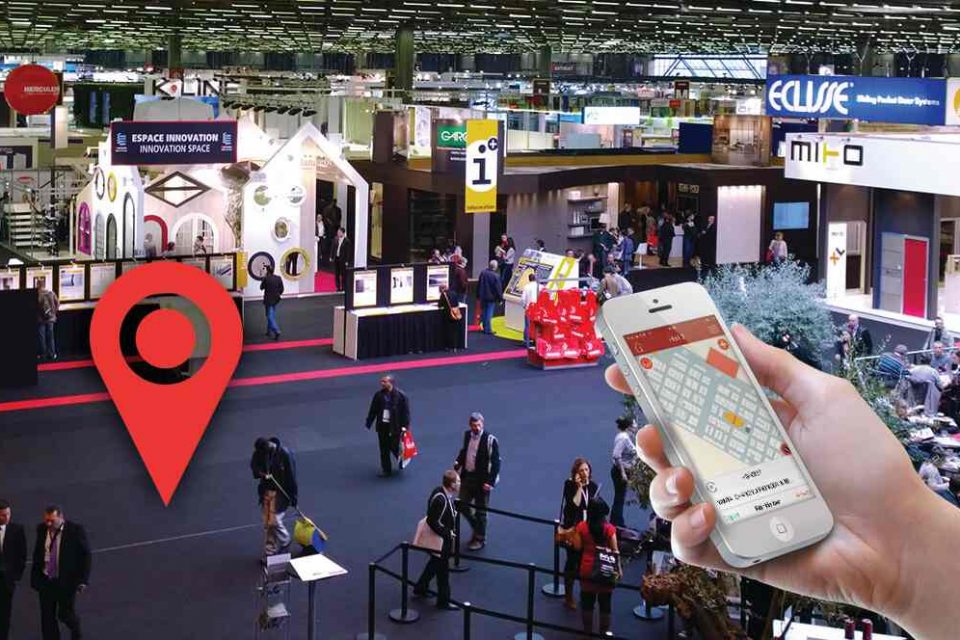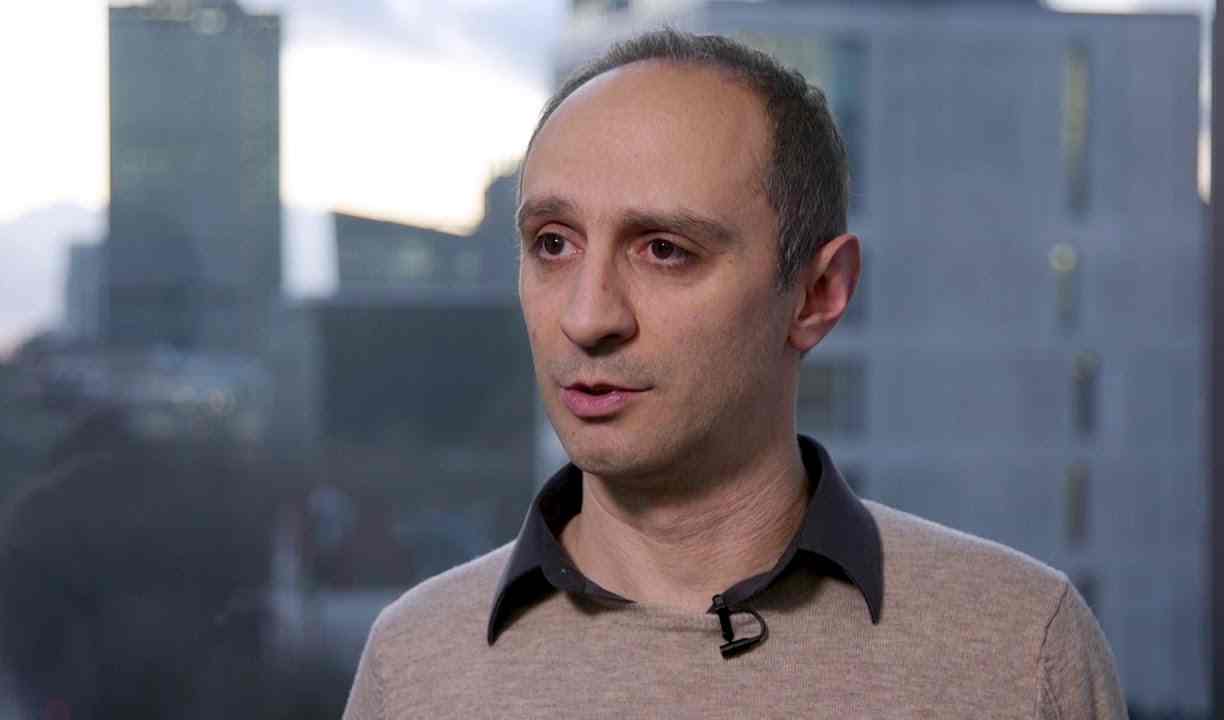Indoor geolocation startup Nestwave to unveil low power GPS for IoT applications

As the Internet of Things (IoT) continues its rapid roll-out across much of the globe, geolocation and indoor positioning have become among the IoT’s most-used features.
One industry forecast says that by 2020, 5 billion devices – a third of connected devices – will rely on geodata to support a wide variety of applications. With proliferation of Internet of Things (IoT) devices out there, the challenges still remain. IoT devices require small batteries that can supply power for 10 years or more, and current GPS solutions are particularly power hungry. In addition, GPS fails to operate reliably indoors or in dense urban environments. The main barriers for accurate 4G-based positioning have been inaccurate antenna databases, non-synchronized networks, distortions due to NonLine-of-Sight (NLOS) radio propagation and, of course, high power consumption.
With traditional GPS solutions not suitable for inexpensive, battery powered IoT devices, that’s where Nestwave SAS comes in. The Paris-based startup has developed a geolocation solution that reduces power by more than 10X, eliminates dedicated geo-positioning chips, and improves dense urban and indoor coverage. Our technology has been field tested and is protected by 10 patent applications.
Today, Nestwave announced it’s unveiling its low power, high accuracy GPS IP at the Mobile World Congress. The demonstration will take place in Barcelona, Spain from Feb. 25 to Feb. 28. Founded in 2017, Nestwave is a provider of advanced geolocation solutions to IoT and GNSS chipmakers. The startup provides accurate indoor and outdoor location combining GNSS, 4G and Wi-Fi for businesses. Its patented technology improves location accuracy in indoor and urban canyon environments while significantly reducing power consumption compared to existing solutions. Nestwave has developed an ultra-low power, advanced global navigation satellite systems (GNSS) solution for use in IoT applications. When integrated with an IoT modem such as NB-IoT, Cat M1, LoRa or Sigfox, the solution offers low-cost geolocation for emerging applications such as asset tracking, smart factories, and smart cities, without the need for an external GNSS chip.
“After several years of development and based on a number of key signal processing breakthroughs, we believe Nestwave is well positioned to provide a best-in-class solution for low power IoT applications where position awareness is key,” says Rabih Chrabieh, CEO at Nestwave. “We are excited to demonstrate our GPS solution, in collaboration with Cadence by leveraging their Tensilica Fusion F1 DSP platform at MWC this year.”
“The Fusion F1 DSP is gaining traction with customers as a platform for low-cost, power-sensitive IoT communications standards like NB-IoT,” said Gerard Andrews, director of marketing for Tensilica products at Cadence. “The completely software-based GNSS solution from Nestwave will allow our modem customers to add accurate position-based services to their modem platforms with minimal impact to their bill of materials.”
The Cadence Tensilica Fusion F1 DSP is ideal for low-cost IoT applications requiring a single processor core that is proficient at both DSP and control-code workloads. Developed on a highly configurable architecture, the Fusion F1 DSP is specifically designed to excel at “always-on” processing, including wake-on-voice and sensor fusion applications. Additionally, the Fusion F1 DSP instruction-set architecture is very efficient at running narrowband wireless communications standards like BLE, Thread, Zigbee, 802.11ah, NB-IoT, and GNSS.

Rabih Chrabieh, CEO Nestwave

